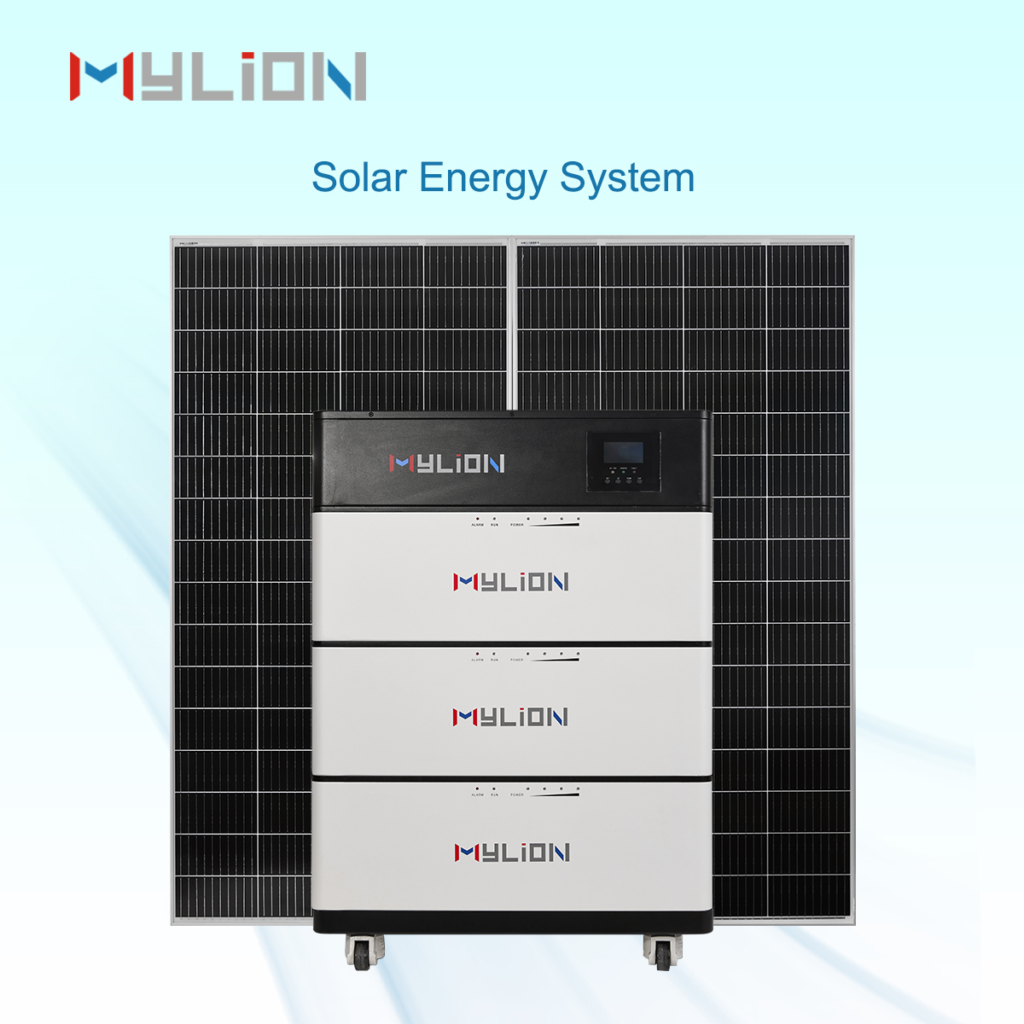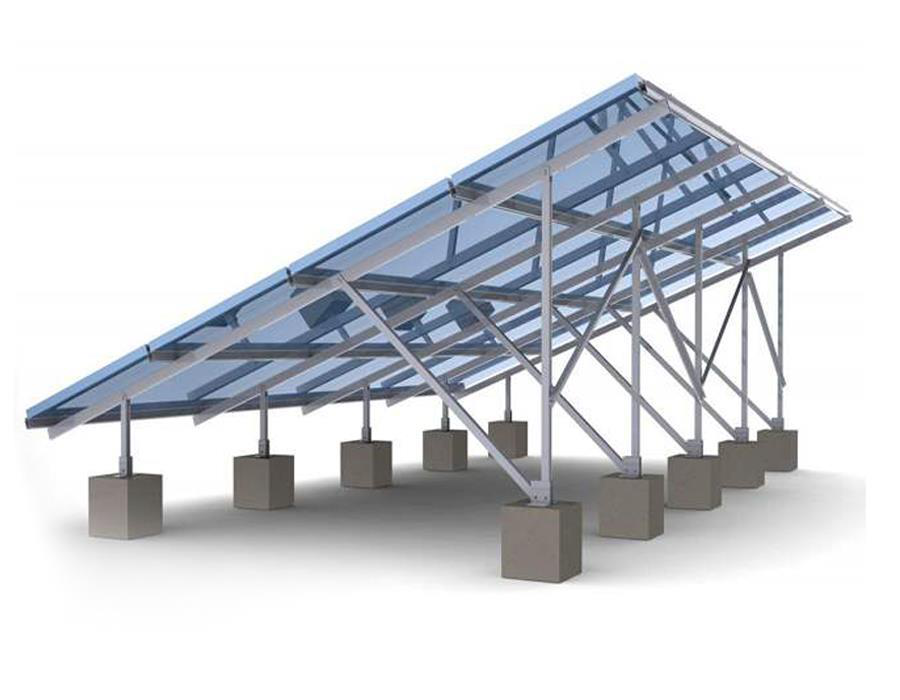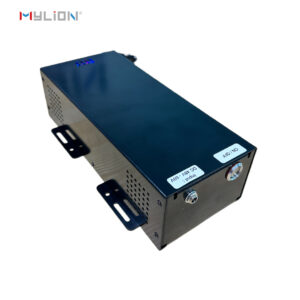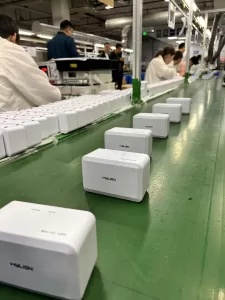Will solar panels save me money?
MYLION always advise speaking with at least a few certified solar installers to understand how all the factors will affect solar panel output for your system.

Solar panels indicate how much power they intend to produce under ideal conditions, otherwise known as the maximum power rating.
But how much electricity your solar panels produce depends on several factors.
- Does intermittent shading obscure direct sunlight from hitting the roof?
- How much sunlight does your roof get on average?
- How big are the solar panels, and how efficient are the solar cells at converting energy?
Because the seasons and weather conditions affect the amount of sunlight hitting your roof, and the amount of sunlight also varies on the time day, you can’t use just the solar panel ratings to predict how much power you’ll get. However, your location will allow you to do some math and determine how well a solar panel works where you are.
How much solar power do I need (solar panel kWh)?
This depends in part on the amount of electricity you want to offset with solar power as well as the question ‘how much energy does a solar panel produce’, so in order to get more specific let’s talk about the actual number of solar panels.

How Much Power Am I Using?
A kilowatt-hour is a basic unit of energy, which is equal to power (1000 watts) times time (hour). Your electric bills show how the average number of kWh you use per month.
For example, a 40 Watt light bulb left on for one hour would be 40 Watt hours, and 20pcs 40 watt light bulbs running for one hour would be 0.8 kilowatt-hour (kWh). According to the U.S. Energy Information Administration, the average monthly electricity consumption for a residential utility customer is about 903 kWh per month.
Divide your average monthly usage by 30 days in a month to get your daily usage. If you’re going by the national average, then you should be using about 30 kWh per day. Next, figure out the average amount of sunlight you get per day. The US ranges from about 4 hours – 6 hours of sunlight per day, on average, Let’s estimate you get about five hours per day to generate that 30 kWh you use. So the kWh divided by the hours of sun equals the kW needed. Or, 30 kWh / 5 hours of sun = 6 kW of AC output needed to cover 100% of your energy usage.
How much solar power do I need (solar panel kWh)?
This depends in part on the amount of electricity you want to offset with solar power as well as the question ‘how much energy does a solar panel produce’, so in order to get more specific let’s talk about the actual number of solar panels.
How many solar panels do I need then?
Typically, a modern solar panel produces between 250 to 270 watts of peak power (e.g. 250Wp DC) in controlled conditions. This is called the ‘nameplate rating’, and solar panel wattage varies based on the size and efficiency of your panel. There are plenty of solar calculators, and the brand of solar system you choose probably offers one. That said, there is a simple equation to calculate the amount of kilowatt-hours (kWh) your solar panel system will produce.
So now that we know you need to produce about 6kW of AC output, we can work backwards to figure out how many solar panels you need. Solar panels produce direct current (DC), and your home runs on alternating current (AC).
Yep, like the band, AC/DC.
Because of physics, there are losses in converting the energy from the sun into DC power, and turning the DC power into AC power. This ratio of AC to DC is called the ‘derate factor’, and is typically about .8. This means you convert about 80% of the DC power into AC power.
This continues to improve ever so slightly, but the losses are unavoidable… because of physics! So you take the AC amount you need: 6kW and divide by .8 (6kW/.8 = 7.5kW DC). This means that you’ll need 30 250Wp solar panels or 27-28 270Wp panels.
How much do I save?
Finally, let’s find out how much you can save per month on average from your monthly electric bill!

Let’s plug it all in:
On average, your solar system is going to lose some energy due to wiring, power, inverter efficiency, so you actually end up using 80% of your solar system’s capacity.
To figure out how many kilowatt-hours (kWh) your solar panel system puts out per year, you need to multiply the size of your system in kW DC times the .8 derate factor times the number of hours of sun. So if you have a 7.5 kW DC system working an average of 5 hours per day, 365 days a year, it’ll result in 10,950 kWh in a year.
If you divide your expected 10,950 kWh of annual production by 12, you’ll see that your system will offset about 912 kWh per month from your monthly electric bill, which can translate to $100 or more (in California this would save you about $250) per month depending on how much you pay per kWh!
So to break this down into simple math that you can do:
AC rating = Average kWh per month / 30 days / average sun hours per day
example: 903 kWh per month / 30 days / 5 hours = 6.02 kW AC
DC rating = AC rating / derate factor (.8 is conservative, but a range would be .8 – .85)
example: 6.02 kW AC / .8 = 7.53 kW DC
Number of panels = DC rating / Panel Rating (e.g. 25o W) *note this is important b/c panels are rated in watts, and the systems are rated in kilowatts (1000 watts). So a 7.53 kW system = 7530 Watts and a 250 watt panel = .250 kW
example: 7.53 kW x 1000 / 250 watt = 30.12 panels, so roughly 30 250 panels (30 x 250W = 7500 Watts = 7.5 kW)
NOTE: to get your average usage, preferably add up your last 12 months usage and divide by 12. In a pinch, the last 6 months can be a close approximation, but a year’s worth of data is far better.
Have you calculated how much your solar system will produce? Tell us in the comments!





